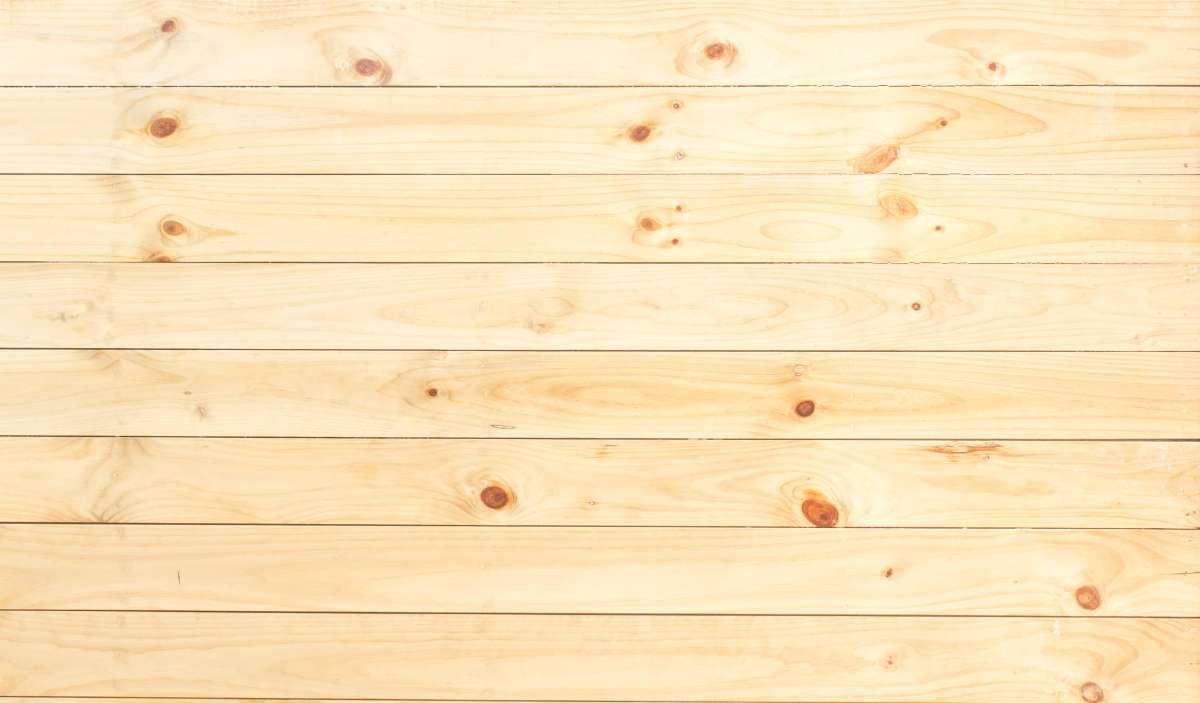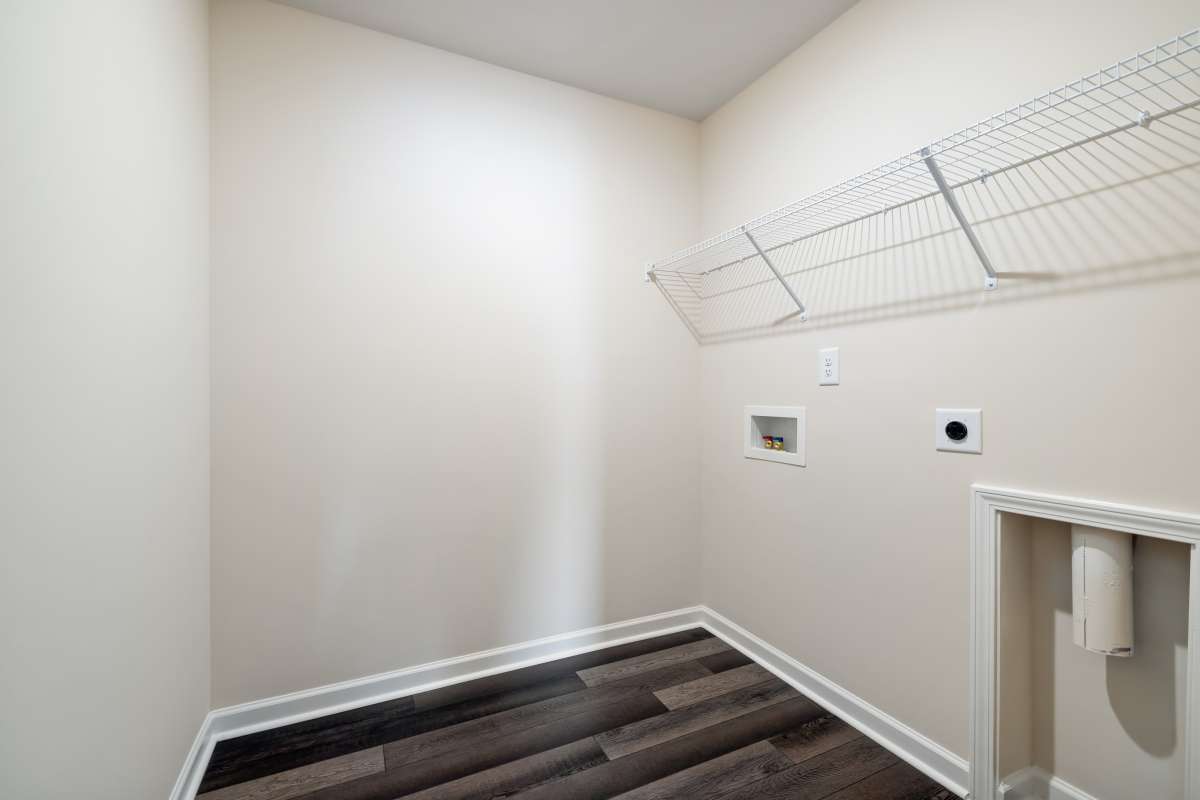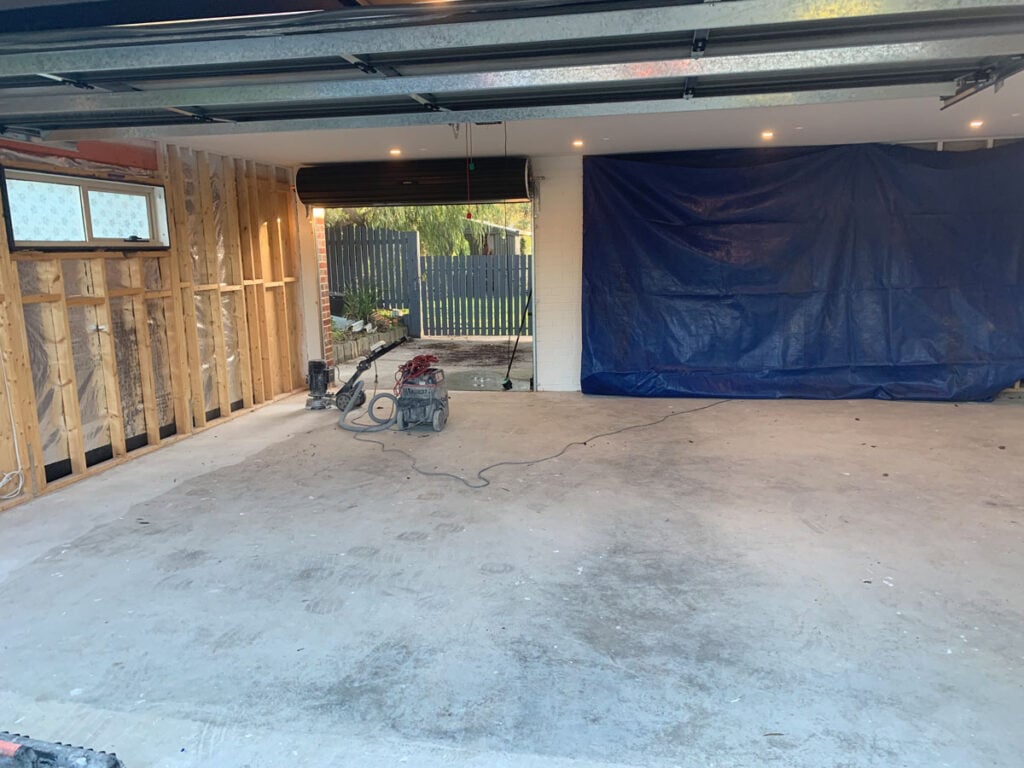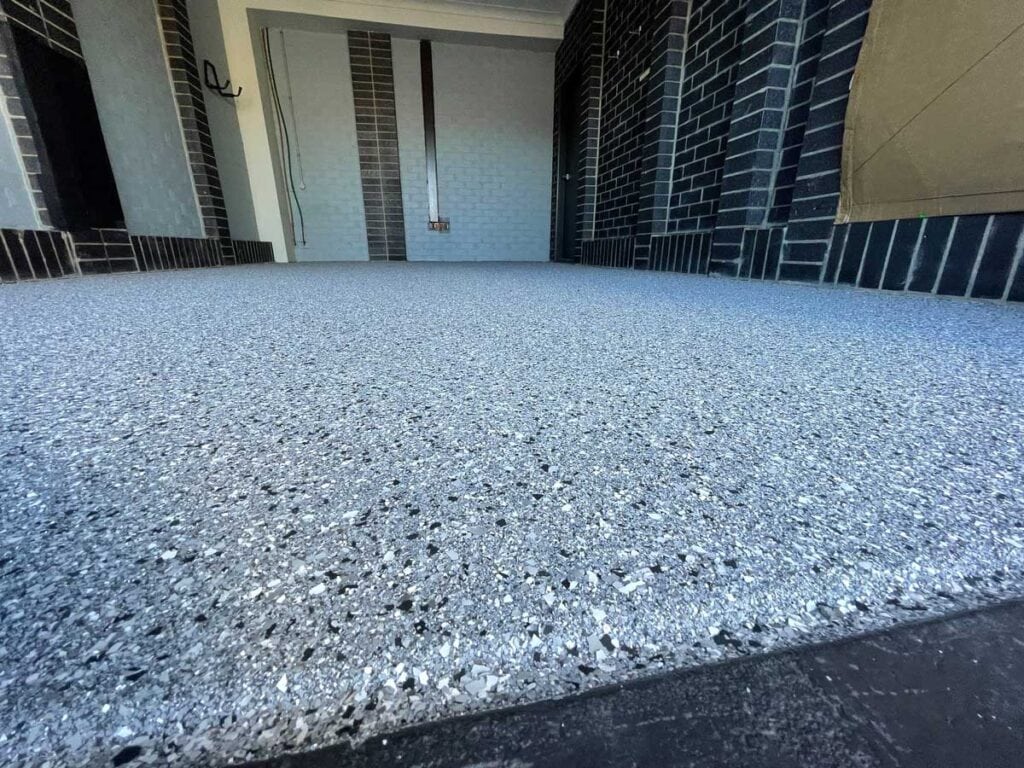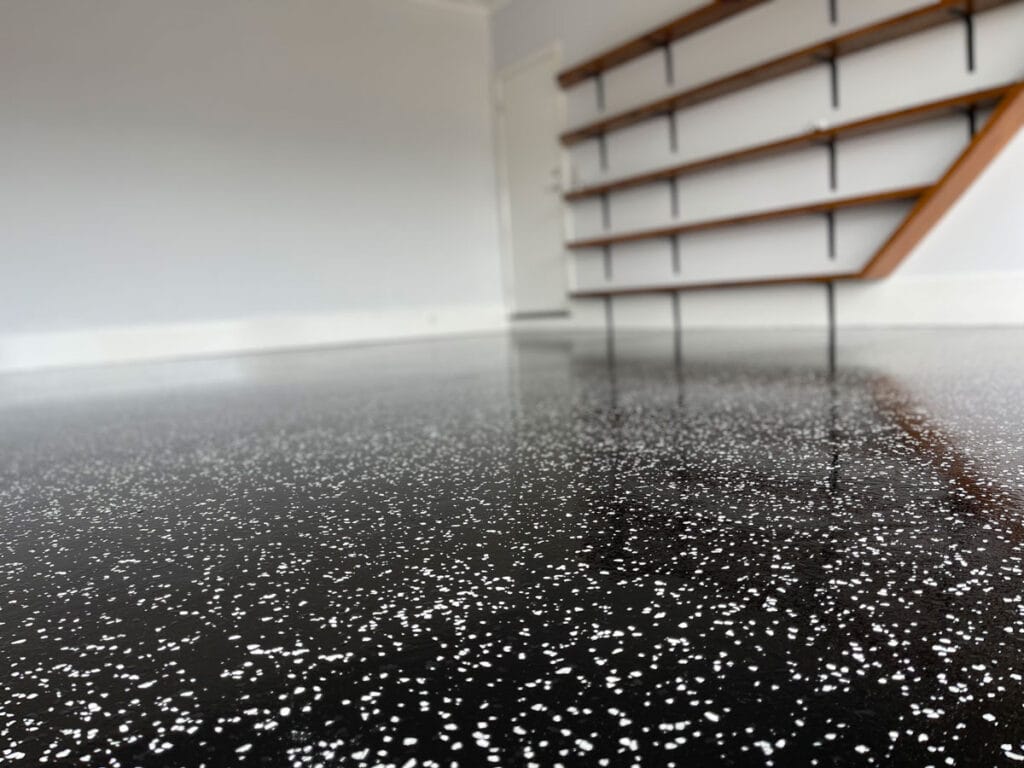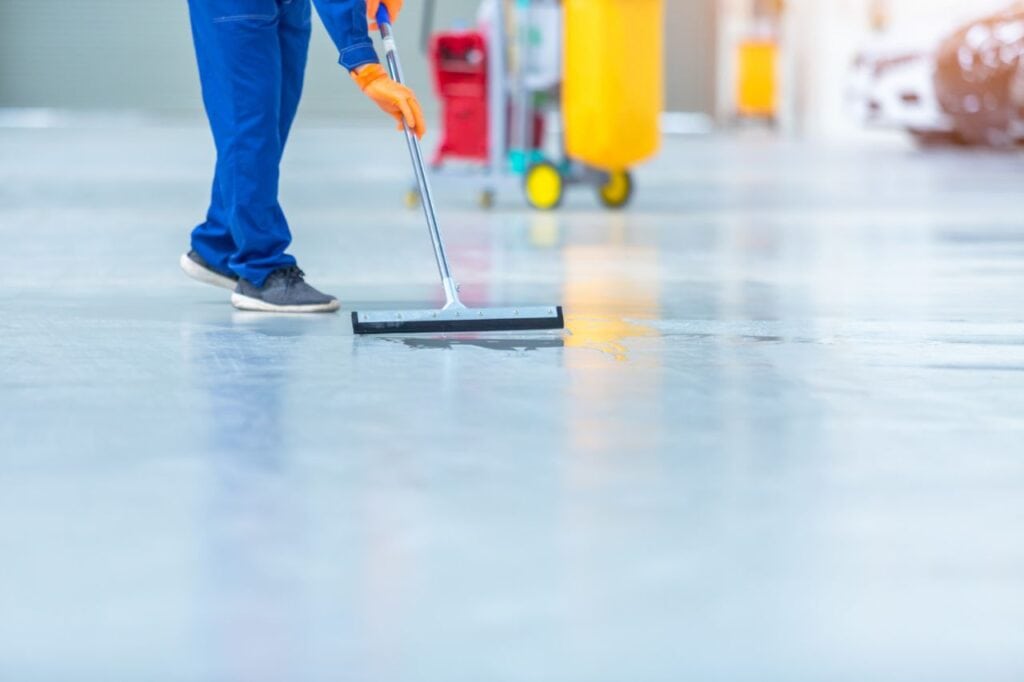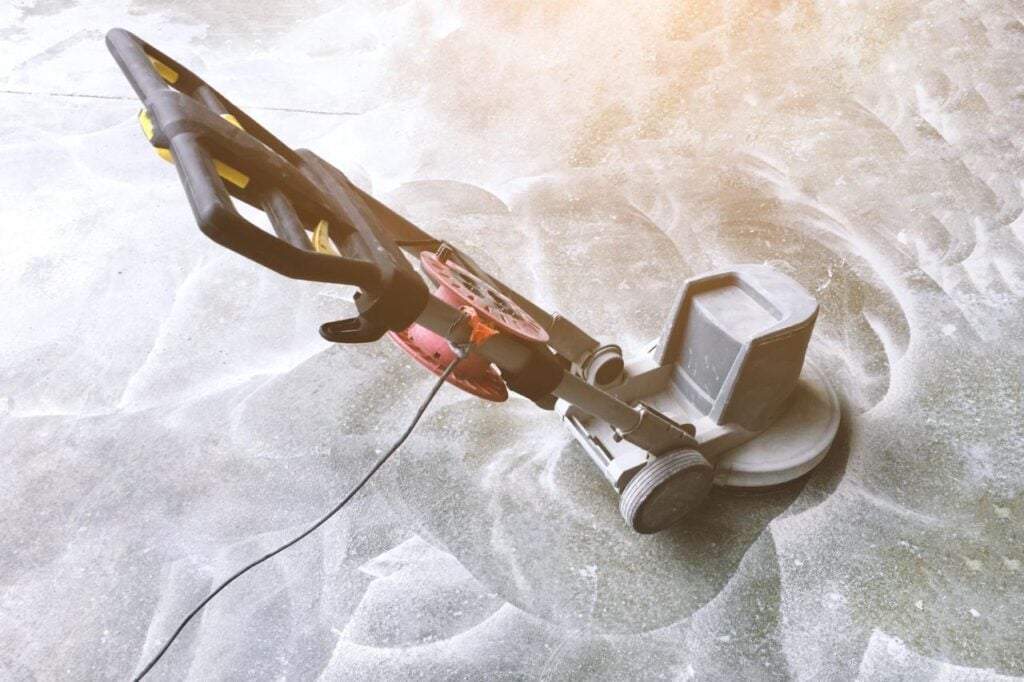Is the addition of a bathroom to your home's list of planned improvements or renovations? If that's the case, you're probably considering flooring options.
People typically select flooring for a room based on aesthetics and cost. However, the material's resistance to water is especially important in the bathroom. Hardwood floors are timeless and versatile, making them a great option for any interior.
Even though hardwood floors are preferable to carpet in the bathroom, they still present a number of challenges. Wood rots in damp environments like the bathroom, which is why it should be avoided. After taking a cool morning shower, children can relax in a hot bath before bed. There can be significant damage to the floor from an overflowing, leaking, or splashing bathtub.
Because of its superior resistance to moisture and dimensional stability, engineered wood flooring is a better option than solid wood flooring for bathrooms.
In a large, rarely-used bathroom with good ventilation, engineered hardwood flooring may be an excellent choice. In households with multiple children and extended family members, however, no matter how cautious you are, you inevitably spill more water than you anticipate.
You may be wondering, "Is it okay to have wood floors in a bathroom?" Find out more about hardwood floors for bathrooms and how to pick the right one for your needs.
Hardwood Flooring for a Bathroom?
Water gets on the floor from the shower, the tub, and the sink. When it is first put down, wood flooring is not water-resistant. When liquids get on it, it can grow, bend, and get stained.
People still like wood floors. Wooden floors look nice. Each piece of wood has its grain pattern and colour. People have always liked wood. Tiles feel colder than wood. Bathrooms with tiles are great, but they can be cold in the winter.
Protecting solid wood floors is important. Sealing the wood makes a layer of protection that you can't see. This makes the wood less likely to get wet. The floors will be finished more than once, with extra care paid to seams where water could get in. This protects the wood to some degree, but you still need to clean up any spills immediately to keep the wood from water damage.
A Bathroom's Wood Flooring: Pros and Cons
Having wood floors in a bathroom has both good and bad points. If you know about each of these things, you can make the right choice.
The Benefits of Hardwood in Bathrooms
Even though there are some downsides, using hardwood flooring in a bathroom has clear aesthetic benefits.
Longevity
If you take care of a solid hardwood floor correctly, it will last a very long time. Hardwood flooring often lasts for 25 years or more, making it, along with stone or ceramic tile, one of the most durable types of flooring. When the surface of hardwood gets scratched, it can be sanded and refinished to make it look new again. Engineered hardwood flooring is made of a hardwood surface layer glued to core layers. It is less durable than solid hardwood flooring, but it can still last a long time if properly handled.
Warmth
One of the worst things about ceramic tile is that it gets very cold in the winter. Since people often go barefoot in the bathroom, this can be a problem. Wood floors make the room feel much warmer and cosier to walk on. The earth tones also make the whole room look warmer and friendlier.
Aesthetic Look and Feel
The aesthetic value of hardwood flooring in a bathroom may be the primary reason to install it there. Everyone wants hardwood floors in their living rooms, dining rooms, and bedrooms, so why not the bathroom?
Wooden flooring planks with interesting grain patterns add a touch of rustic elegance to any bathroom. One of the best things about hardwood flooring is that it can be installed in any design or colour scheme. Bathroom layouts of all kinds benefit from the classic appeal of hardwood flooring.
Beauty
The best thing about hardwood is that it can look very nice. It gives a space a sense of natural wonder and a unique look since each plank has its grain pattern and is a piece of natural art. Hardwood is a classic choice that has been around for hundreds of years and has mostly stayed the same in style. A bathroom with a hardwood floor will stand out as a classy place. It can also make rooms look like they belong together.
Cons of Having Hardwood Bathroom Floors
Wood floors were once considered a major no-no by interior architects and designers. People are finally beginning to do this, but there are still issues that need fixing.
Floor Slope
Cleaning a wooden bathroom floor can be difficult due to gravity. The bathroom floor needs to be perfectly flat to prevent water from pooling in low spots. Some water will collect in the lower area even if there is a drain there, and it will remain there until it is mopped up.
These puddles contain water that is extremely damaging to hardwood floors. Water can easily seep in through the cracks between the planks, causing them to rot. Hardwood floors are not a good choice for a bathroom because of the potential for uneven subflooring.
Mould and Mildew
Bathrooms and other damp spaces are breeding grounds for mould and mildew. Wood flooring isn't always the best option because mould and mildew thrive on organic substances, as anyone who's ever dealt with either of those things can attest. Hardwood flooring in a bathroom could lead to problems with mildew and mould.
Although a sealant may delay its progress temporarily, eventually it will find its way between and under the boards. Hardwood floors look great in any room, but they may not be the best choice for a bathroom if you suffer from allergies or are sensitive to mould.
Spills and Splashes
This is the first thing to consider when installing flooring in a bathroom. Showers and baths tend to make splashes on their own. Even rinsing your skin in the sink can send droplets of water all over the floor. A bathroom with a shower or tub typically has water on the floor from time to time, particularly when children use the bathroom.
Even though the finish will protect the material, you should clean up any spills immediately so the water doesn't wear away the protective layer or get in between the seams. Many manufacturers say that the warranty is null and void if the recommended cleaning methods aren't used.
Chemical Staining
In the bathroom, you employ a wide variety of personal care products. Each of these goods contains chemicals, some of which may have a mild acidic pH. These substances are extremely damaging to the protective finish on hardwood floors and will leave permanent stains if they are spilt.
Since they cause the most damage, powerful cleaners require special care to avoid spills. If you spill any, be sure to clean it up immediately.
Lack of Moisture Barrier
Since the planks of many hardwood floors are nailed directly to the subfloor, a traditional vapour barrier can't be used because the nails would poke holes in it. Moisture below the floor's surface can get to the parts of the floor that hold it together and start to eat away at the subfloor and underlayment. Because of this, hardwood floors that are stuck together or click together are better for bathrooms.
Accidental Flooding
The bathroom is prone to flooding because it requires numerous plumbing fixtures. In the bathroom, it is not uncommon for a pipe to leak or a fixture to stop functioning. Hardwood flooring would make the situation even more inconvenient.
Even if you quickly mop up the water after a bathroom flood of a few inches and dry the wood floor, it will be severely damaged. Water can quickly damage hardwood floors.
Before laying hardwood flooring in a bathroom, it is recommended that the pipes and fixtures be updated.
Techniques for Preventing Hardwood Damage
Most strategies are meant to keep water from getting to the wood, especially through the seams and subfloor.
Maintain Plumbing Fixtures
Maintaining the plumbing in a bathroom is the first step in protecting the wood flooring there. There are no short cuts; you must constantly be on the lookout for dripping or leaking.
There will be water damage whether the leak is in the visible fixtures or the hidden pipes. First, you need to caulk all of the pipe openings properly. Keep an eye on the connections of the valves under a pedestal sink or toilet, as these are common leak points.
Maintaining your plumbing fixtures properly lowers the odds of unintentional flooding or major leaks.
Use Bath Mats
You can put these in good spots, like right outside the bathtub or around the sink. If you catch any splashes or drips of water from feet that have just been washed, you can keep the floor from getting damaged. If a bath mat gets wet, let it dry out in the air so it doesn't hold water on the floor. The best bath mats will have a solid rubber or vinyl backing that keeps water from getting through.
Install Tub and Shower Surrounds
One way to preserve the beauty of your bathroom's hardwood flooring while also keeping it safe is to put in tub or shower surrounds. Making sure the bathroom's decor is consistent with the rest of the space is a simple way to upgrade your bath.
It's a great method for protecting hardwood floors from moisture. The one caveat is that you have to meticulously seal all the cracks and seams.
However, not all bathrooms will be able to accommodate surrounds due to layout and space constraints. It's also one of the more pricey options, so consumers may be wary about making the switch.
Maintain Plumbing Fixtures
A bathroom can also have problems with the pipes in and out of the main fixtures. These can sometimes leak, which can cause water damage in places that are hard to see. Since the air in the bathroom is cooler than in the cold water lines or the toilet tank, condensation can form on them. This can also cause water problems as the condensation drips to the floor.
The best way to deal with this is to ensure that all pipe openings are well caulked and to watch for leaks or drips. Under a toilet or pedestal sink, where the valves connect, is a good place for water to drip on the floor.
Ventilation
Before we get into what to look for in a bathroom, let's go over an old method of preventing water damage. Wood flooring will last longer in a bathroom if there is adequate ventilation.
Leaving the bathroom door and windows open after each use and turning on the fan while showering are both easy, daily adjustments you can make. When it gets too stuffy, some people even resort to using a regular fan in the restroom.
Conclusion
Wood flooring is a great choice for a bathroom, but it presents a number of challenges. Wood rots in damp environments like the bathroom, so it should be avoided. Engineered wood flooring is a better option than solid wood flooring for bathrooms, but it can be difficult to clean up spills in households with multiple children and extended family members. There are both pros and cons to wood flooring in a bathroom, such as its grain pattern and colour, and its ability to protect the wood from water damage. Hardwood flooring is a popular choice for bathrooms due to its long-lasting durability, warmth, aesthetic appeal, and beauty.
It can be installed in any design or colour scheme, and can be installed in any design or colour scheme. However, there are some downsides, such as the difficulty of cleaning a wooden bathroom floor due to gravity. However, it is a classic choice that has been around for hundreds of years and has mostly stayed the same in style. Hardwood flooring is not a good choice for a bathroom due to the potential for uneven subflooring, mould and mildew, spills and splashes, chemical staining, and a lack of moisture barrier. This is due to the potential for water to pool in low spots and seep in through the cracks between the planks, causing them to rot.
It is important to clean up any spills immediately so the water doesn't wear away the protective layer or get in between the seams. The most important details in this text are the strategies for preventing hardwood damage in a bathroom. These strategies include maintaining plumbing fixtures, using bath mats, installing tub and shower surrounds, and sealing all cracks and seams. Plumbing fixtures should be caulked properly to reduce the odds of unintentional flooding or major leaks. Bath mats should have a solid rubber or vinyl backing to keep water from getting through.
Tub and shower surrounds should be installed to preserve the beauty of the floor while also keeping it safe. Surrounds can be a great option for bathrooms, but they can be expensive and difficult to install. To prevent water damage, it is important to ensure all pipe openings are well caulked and watch for leaks or drips. Ventilation can also help prevent water damage by leaving the bathroom door and windows open after each use and turning on a fan while showering.
Content Summary
- Considering flooring options for a bathroom renovation or addition.
- Hardwood floors are timeless and versatile.
- Challenges of using hardwood floors in a bathroom.
- Engineered wood flooring as a better option for bathrooms.
- Superior resistance to moisture and dimensional stability of engineered wood.
- Suitability of engineered hardwood for large, well-ventilated bathrooms.
- Potential water damage from overflowing or leaking bathtubs.
- Importance of sealing solid wood floors to protect against water damage.
- Pros and cons of having hardwood floors in a bathroom.
- Longevity of hardwood flooring with proper care.
- Warmth and coziness provided by wood floors in the bathroom.
- Aesthetic appeal and versatility of hardwood flooring.
- Unique beauty and natural art of hardwood floors.
- Downsides of wood floors in bathrooms, such as cleaning difficulties.
- Floor slope and potential water pooling issues.
- Mould and mildew problems in damp bathroom environments.
- Splashes and spills as common occurrences in bathrooms.
- Damage caused by chemical staining from personal care products.
- Lack of moisture barrier with traditional hardwood flooring installation.
- Potential damage from accidental flooding in bathrooms.
- Importance of updating plumbing fixtures to prevent water damage.
- Use of bath mats to protect the bathroom floor from water.
- Installation of tub or shower surrounds to preserve hardwood flooring.
- Maintenance of plumbing fixtures to prevent leaks and drips.
- Importance of ventilation in bathrooms to prevent water damage.
- Recommendations for leaving doors and windows open for ventilation.
- Using fans and regular fans in the bathroom for improved air circulation.
- Considering aesthetics and cost when choosing bathroom flooring.
- Benefits of hardwood flooring in terms of longevity and durability.
- Hardwood flooring adding a touch of elegance and warmth to bathrooms.
Frequently Asked Questions
Which is more durable? In a bathroom setting, moisture remains the most crucial factor when selecting a flooring material. Naturally, tile triumphs as the most resilient due to its cracking, scratching and water damage resistance.
Wood-look tile accent walls are a great way to add texture to any space, but the contrast between that and sleek plumbing fixtures makes it especially effective in a bathroom remodel.
Bathrooms are humid spaces where surfaces tend to get wet regularly. For this reason, water-resistant flooring is the way to go. While several materials on the market repel moisture, natural tile is a top choice for residential bathrooms.
The best bathroom flooring options are floors that can withstand moisture and humidity, aren't slippery when wet, are easy to clean, and are comfortable underfoot. In terms of withstanding moisture and humidity, luxury vinyl tiles (LVT), vinyl roll, and porcelain or ceramic tile are the best bathroom flooring options.

